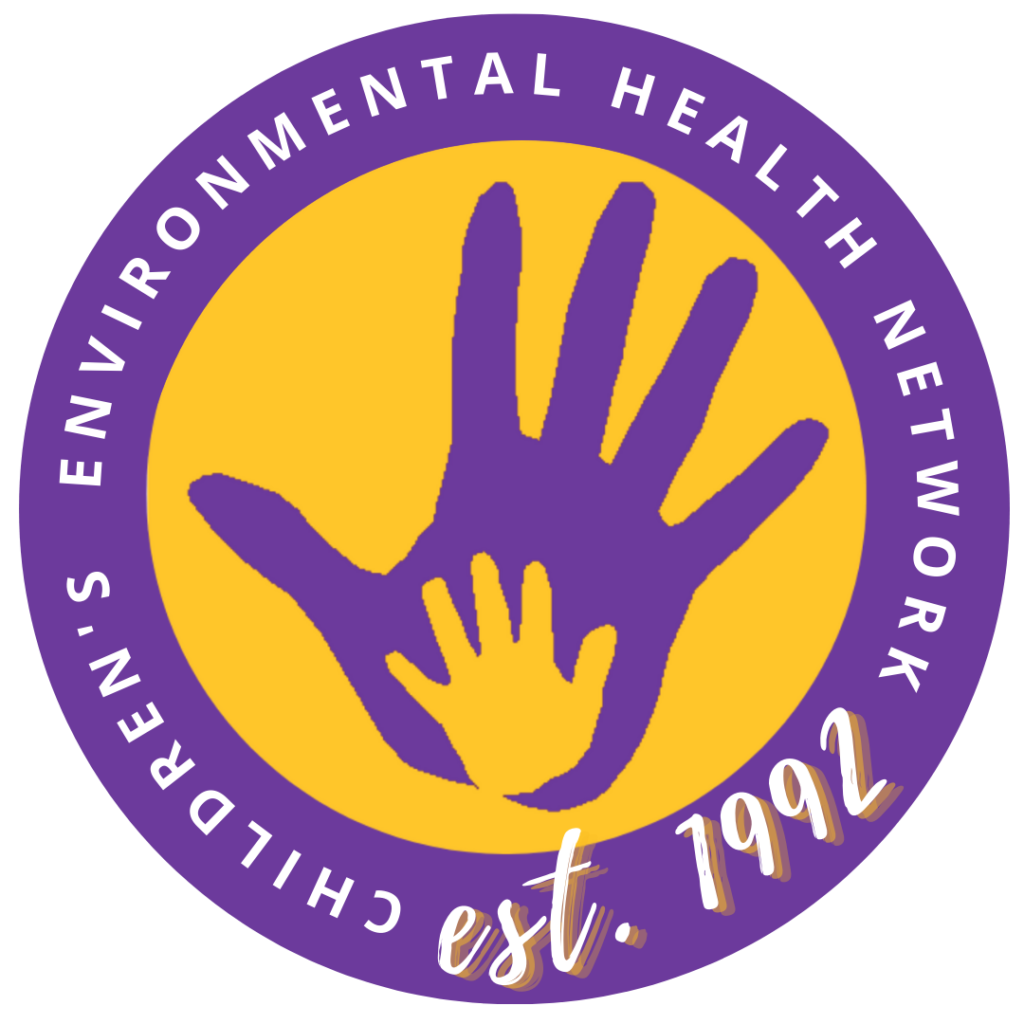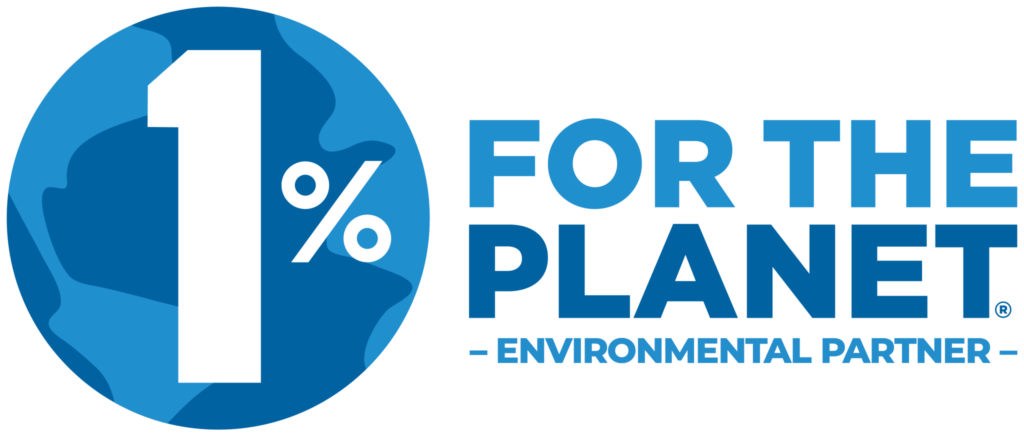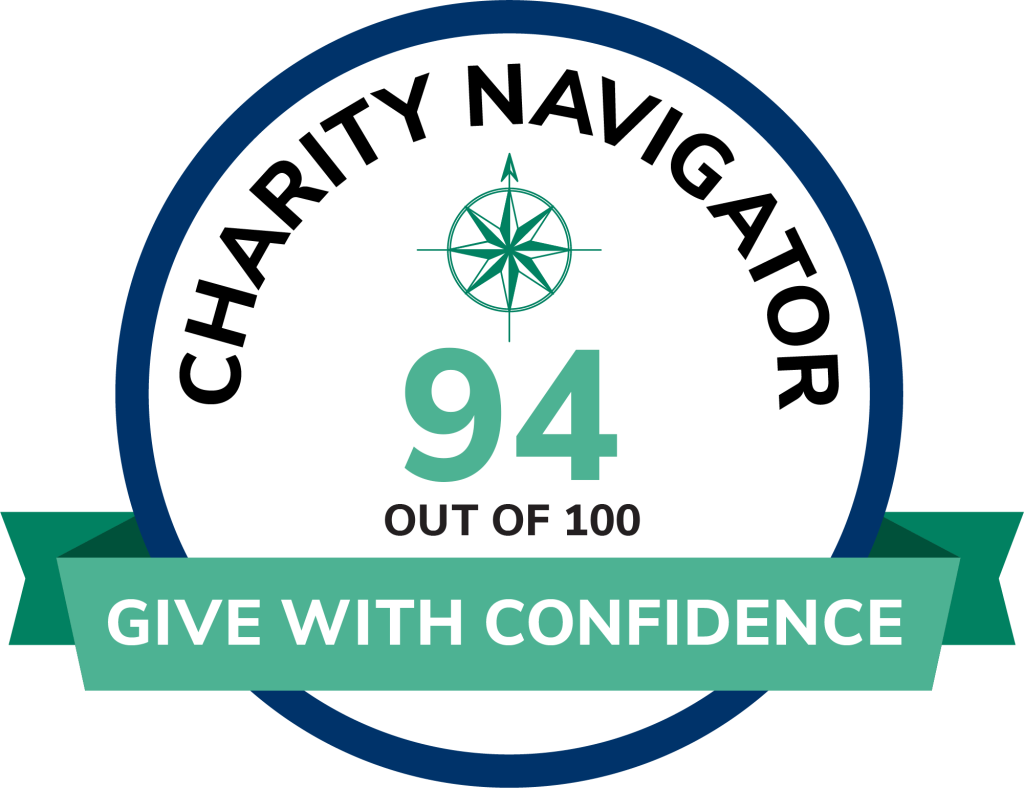Minnesota Children’s Environmental Health
Download Minnesota’s Children’s Environmental Health fact sheet.
Listen to the recorded telepresser for Minnesota media.
Children’s Environmental Health Indicators Criteria.
Minnesota References: (listed in the order in which they appear on the fact sheet):
- Number of Children in Minnesota. U.S. Census Bureau. 2018. Quick Facts Minnesota.
- Percent of Children in Minnesota Living in Poverty. The Annie E. Casey Foundation. 2019 KIDS COUNT Data Book: 2019 State Trends in Child Well-Being: Minnesota.
- Minnesota Drinking Water Performance Dashboard. Public Water Systems with Any Violation – Fiscal Year 2019. Enforcement and Compliance History Online (ECHO). U.S. Environmental Protection Agency. Accessed on April 28, 2020.
- Ozone Pollution. American Lung Association. 2020 State of the Air. Report card: Minnesota. Data from U.S. Environmental Protection Agency’s Air Quality System. Accessed on April 28, 2020.
- AMERICAN WARMING: The Fastest-Warming Cities and States in the U.S. April 17, 2019. Climate Central. Data from National Centers for Environmental Information, National Oceanic and Atmospheric Association. Accessed on October 28, 2019.
- Summary of 509 Toxic Release Inventory Facilities in Minnesota. Reporting Year 2018. April 28, 2020.
- ADHD, ADD, and ASD prevalence. 2016-2017 National Survey of Children’s Health. Title V Maternal and Child Health Services Block Grant National Performance and Outcome Measures. Prevalence of current ADD or ADHD, age 3-17 years; and Prevalence of current Autism or Autism Spectrum Disorder (ASD), age 3-17 years. Data Resource Center for Child and Adolescent Health. Maternal and Child Health Bureau, Health Resources and Services Administration. Accessed on October 28, 2019.
- Asthma prevalence. 2016-2017 National Survey of Children’s Health. Title V Maternal and Child Health Services Block Grant National Performance and Outcome Measures. Prevalence of current asthma, age 0-17 years. Data Resource Center for Child and Adolescent Health. Maternal and Child Health Bureau, Health Resources and Services Administration. Accessed on October 28, 2019.
- Minnesota Childhood Cancers Incidence Request for children age 0-19. Age-adjusted rate for 2005-2015. Centers for Disease Control and Prevention. Wide-ranging Online Data for Epidemiologic Research (WONDER). Accessed on October 28, 2019.
- National Childhood Blood Lead Surveillance Data. Centers for Disease Control and Prevention. Accessed on October 28, 2019.
- Environmental exposures contribute to ADHD/ADD, ASD, and asthma. NIEHS/EPA Children’s Environmental Health and Disease Prevention Research Centers. 2017 Impact Report.
- President’s Cancer Panel. 2008-2009 Annual Report. Reducing Environmental Cancer Risk. National Cancer Institute, National Institutes of Health.
- Under-testing and Under-reporting of children’s blood lead levels. Assessing Child Lead Poisoning Case Ascertainment in the US, 1999–2010. Eric M. Roberts, Daniel Madrigal, Jhaqueline Valle, Galatea King and Linda Kite. Pediatrics April 2017, e20164266; DOI: https://doi.org/10.1542/peds.2016-4266.
- CDC Childhood Lead Poisoning Prevention. Minnesota. Accessed on October 28, 2019.
- ATSDR State Cooperative Agreement Program. APPLETREE map. Accessed on October 28, 2019.
- CDC National Asthma Control Program. Accessed on October 28, 2019.
- CDC Environmental Public Health Tracking Network. Minnesota Tracking Program. Accessed on October 28, 2019.
- CDC State Biomonitoring Programs. Accessed on October 28, 2019.
- Minnesota Guidance Values and Standards for Contaminants in Drinking Water. Minnesota Department of Health. Accessed on October 28, 2019.
- Minnesota State Law. Health Standards. 2019 Minnesota Statutes. Office of the Revisor of Statutes. Minnesota Legislature. Accessed on October 28, 2019.
- Minnesota Risk Assessment. Focus on Chronic Exposure for Deriving Drinking Water Guidance Underestimates Potential Risk to Infants. Helen Goeden. Int J Environ Res Public Health. 2018 Mar; 15(3): 512. Accessed on October 28, 2019.
- Minnesota PFAS water guidance. A transgenerational toxicokinetic model and its use in derivation of Minnesota PFOA water guidance.Goeden HM, Greene CW, Jacobus JA. J Expo Sci Environ Epidemiol. 2019 Mar;29(2):183-195. Accessed on October 28, 2019.







